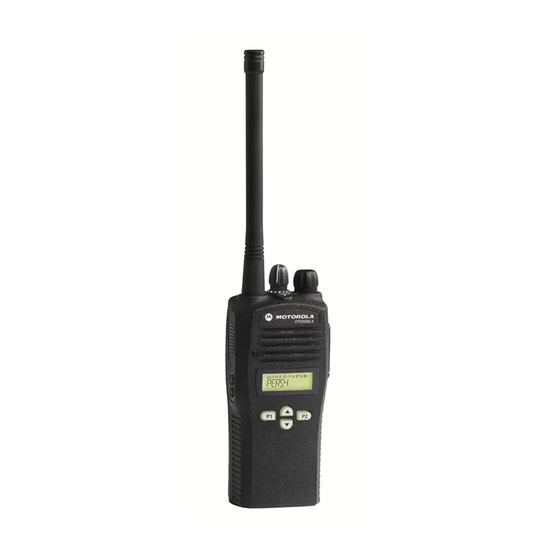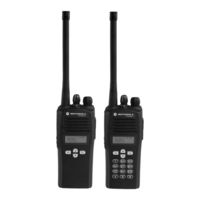
User Manuals: Motorola CP200XLS Two-Way Radio
Manuals and User Guides for Motorola CP200XLS Two-Way Radio. We have 2 Motorola CP200XLS Two-Way Radio manuals available for free PDF download: User Manual, Basic Service Manual
Motorola CP200XLS User Manual (144 pages)
Commercial Series
Brand: Motorola
|
Category: Two-Way Radio
|
Size: 12.83 MB
Table of Contents
Advertisement
Motorola CP200XLS Basic Service Manual (100 pages)
Brand: Motorola
|
Category: Two-Way Radio
|
Size: 6.12 MB

